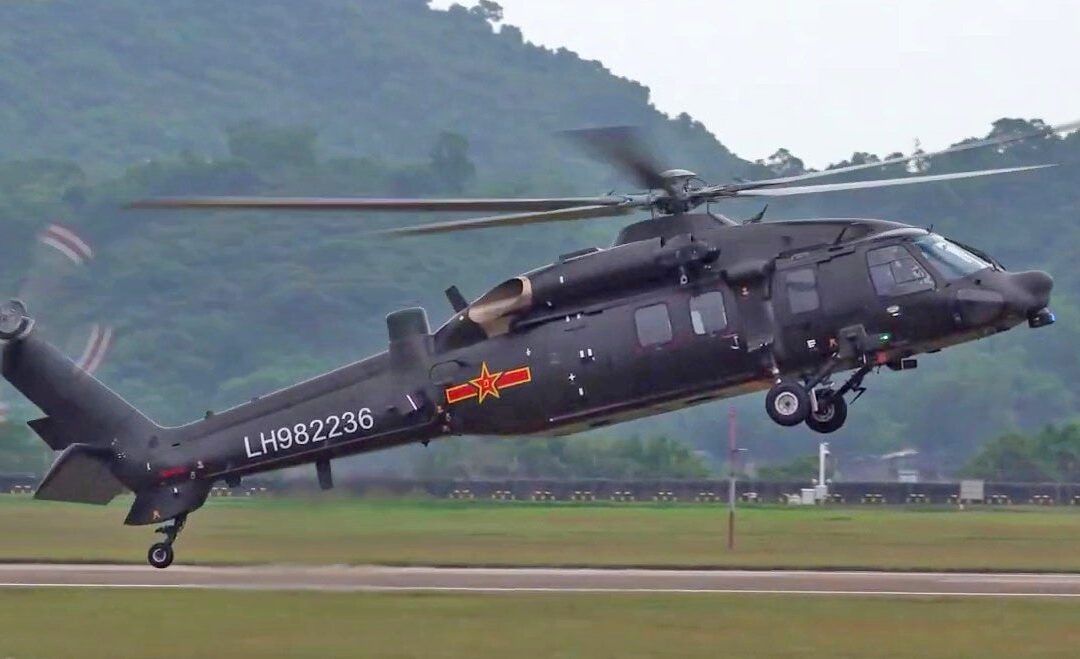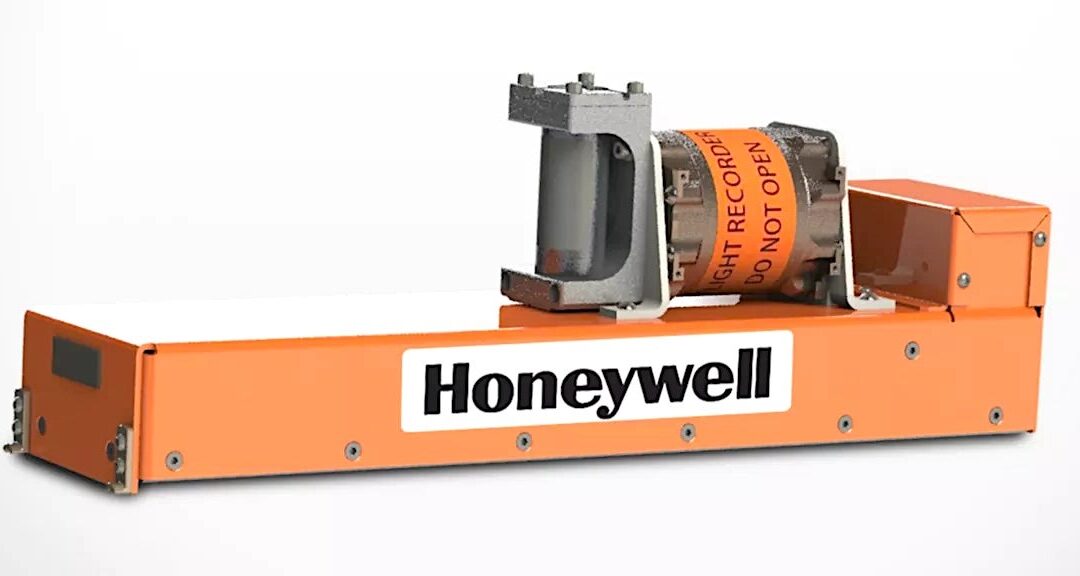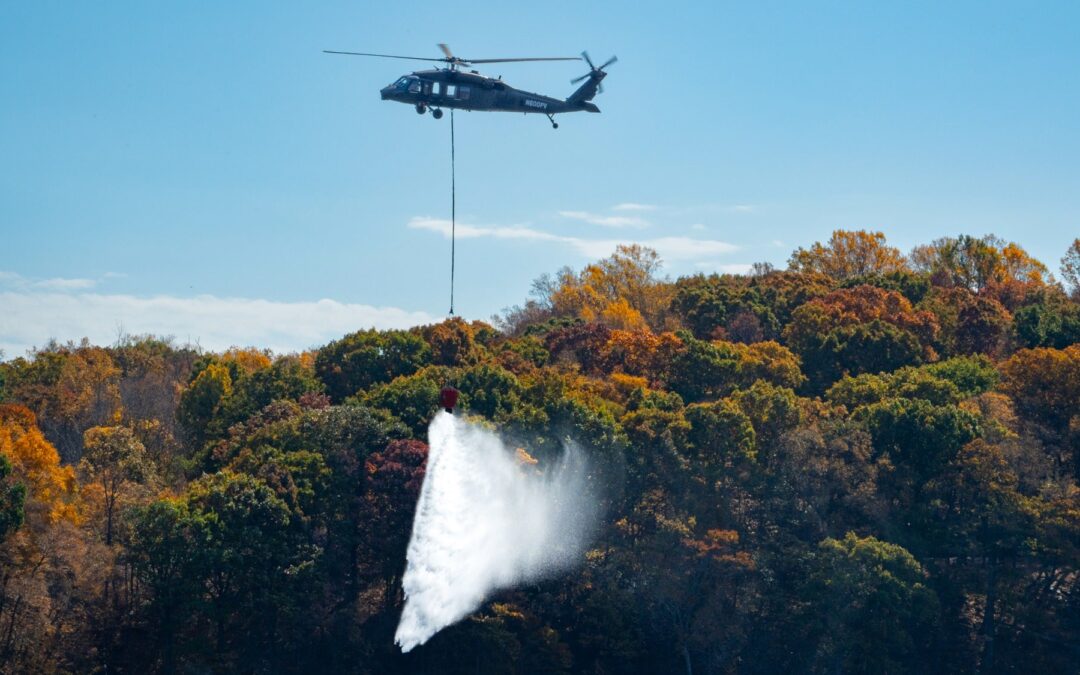Seven down. Three to go.
Boom Supersonic—the developer of a 64-to-80-passenger commercial airliner that flies faster than the speed of sound—last week set speed and altitude records with its XB-1 test aircraft. And it’s gearing up for another test flight as soon as Wednesday, founder and CEO Blake Scholl said Monday.
Last week’s flight took place at Mojave Air and Space Port (KMHV) in California—where the Bell X-1 broke the sound barrier for the first time in 1947—and reached Mach 0.82, or about 499 knots true airspeed. It was the seventh of 10 planned subsonic test flights for the XB-1 before Boom expects it to break the sound barrier. The company told FLYING it remains on track to do so before the end of the year, barring delays due to weather or other factors.
The demonstrator during Flight 7 flew faster than a Boeing 737. According to Scholl, it will surpass the 787’s top speed on Flight 8 and fly faster than a Gulfstream or Global Express on the next flight.
“And then XB-1 becomes the fastest operational civilian airplane in the world,” Scholl said in a post on X.
The XB-1 last week reached a max altitude of about 23,000 feet, at which height teams performed a cabin pressurization test. The successful test validated that it is safe for future flights to hit 30,000 feet agl—the altitude at which the aircraft will break the sound barrier.
Teams also tested the XB-1’s flutter excitation system (FES) at higher speeds than previous flights. “Turning on” the FES, a vibration device, sends tremors through the aircraft’s structures to gauge how it might maintain its handling when traveling at the speed of sound.
According to FlightRadar24, XB-1 Flight 7 was the most-tracked flight in the world during its 55 minutes of airtime, drumming up the anticipation for Flight 8. Among the goals for that evaluation will be reaching Mach 0.85 and executing a series of high-speed test objectives.
The Path to Supersonic Flight
Boom is developing the first supersonic commercial airliner, Overture, since the short-lived Concorde was retired more than two decades ago. Its goal is to fly passengers anywhere in the world at twice the speed of existing airliners—and in half the time—for just $100. Imagine, for example, a trip from New York to Rome lasting closer to four and a half hours than eight.
Testing data from the XB-1, which Boom says is the world’s first independently developed civil supersonic jet, is intended to lay the foundation for Overture’s development. It is about one-third the size of the company’s flagship model, powered by three GE J85-15 engines that produce a combined max thrust of 12,300 pounds of force. The test aircraft will be retired after completing a handful of supersonic flights, Boom told FLYING.
Overture is expected to fly at Mach 1.7, or just over 1,300 mph, a bit slower than Concorde. But it is being developed to run on 100 percent sustainable aviation fuel (SAF). The aircraft will cruise at about 60,000 feet—high enough to see the curvature of the Earth—and cover about 4,250 nm on a single trip.
Boom in July unveiled Overture’s flight deck, which is designed around Honeywell’s Anthem avionics suite. Hundreds of non-safety-critical physical controls will be replaced by touchscreen displays, which according to the company handle all aircraft functions. The firm also claims the cockpit will be the first to include force-feedback sidesticks, which allow the pilot to “feel” aircraft movements and copilot or autopilot inputs.
Unlike Concorde, which used a droop nose configuration to improve the pilot’s view of the ground, Overture pilots during takeoff and landing will wear an augmented reality headset that uses cameras and sensors to fill gaps in their vision. Views from the pilot’s goggles will also be visible on a cockpit flight display.
Boom hopes to fly Overture in 2026 and deliver it to airline partners for a commercial rollout in 2029. It has signed aircraft purchase agreements with American Airlines, United Airlines, and Japan Airlines and is working with Northrop Grumman to build a special variant for the U.S. military and its allies. The U.S. Air Force is already researching and developing Overture under a three-year strategic partnership worth up to $60 million.
Boom is working with the FAA toward Overture’s type certification, minimum training requirements for pilots, and a maintenance program for operators. It will certify the model as a transport category airplane with special requirements based on its unique characteristics.
Like this story? We think you’ll also like the Future of FLYING newsletter sent every Thursday afternoon. Sign up now.
The post Boom Supersonic Test Aircraft Approaches Speed of Sound appeared first on FLYING Magazine.


 (@bscholl)
(@bscholl) 


